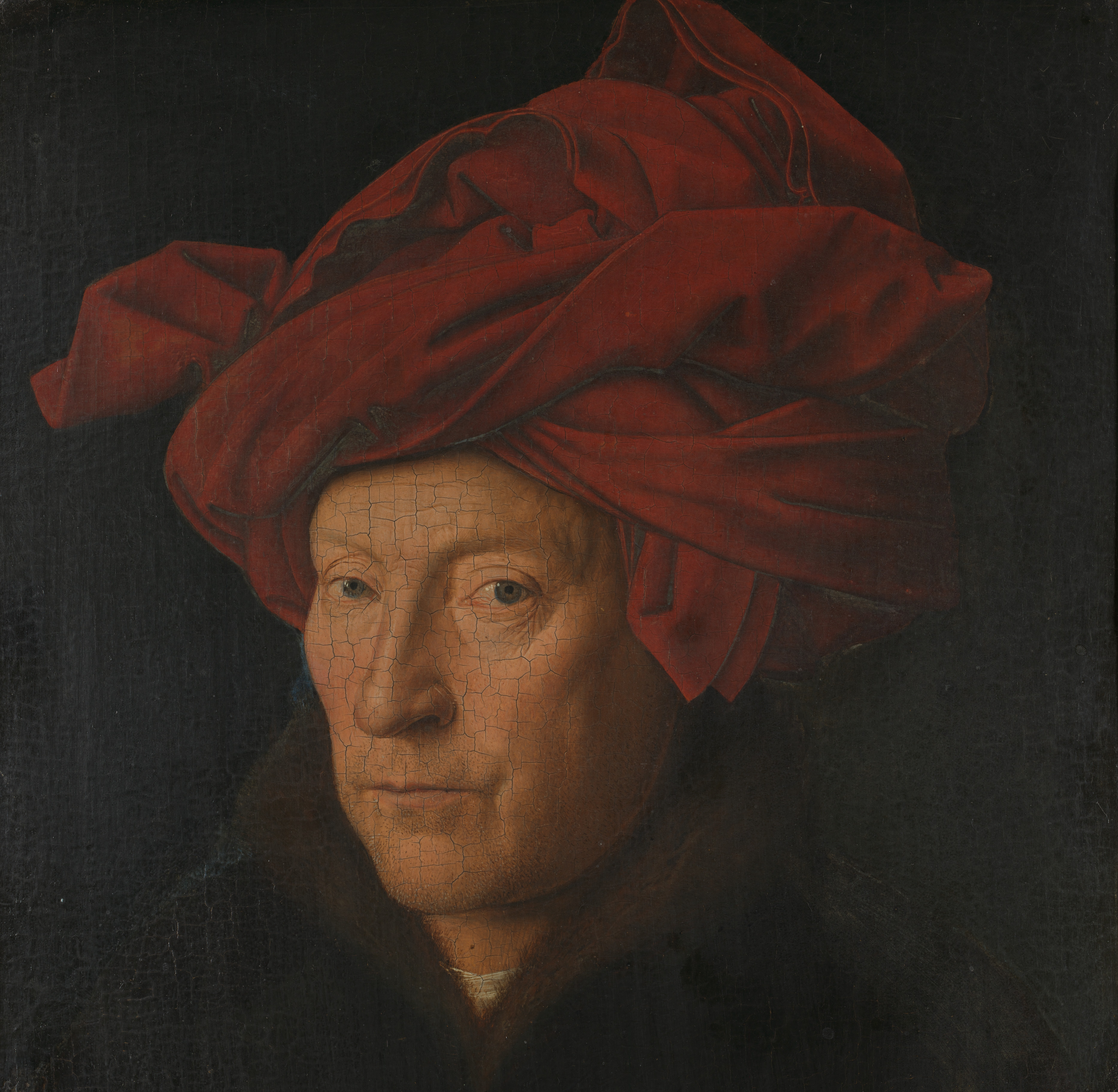The Belgian masterpiece that became the most stolen work of art in history

In 1432, Flemish painter Jan van Eyck applied the finishing strokes on a painting that he began six years earlier with the help of his brother, Hubert.
This was no ordinary painting. The artwork was a single collection of 26 individual paintings organized into a polyptych that measured 15 by 11 feet.
Even by today’s advanced standards and sophisticated tastes, what Jan van Eyck accomplished would have been considered one hell of a painting.
It had to be that fabulous because the work was commissioned for the Church of St. John the Baptist in Ghent. And not just for a wall or some obscure section of the building, but for the altar itself.
The Adoration of the Mystic Lamb, more famously known as the Ghent Altarpiece, took the world of art by storm soon as it was unveiled.
The revolutionary artwork was the first to demonstrate the remarkable potentials of oil painting. It inspired the birth of Renaissance art and planted the seeds that would later blossom into the artistic movement called Realism.
What Jan van Eyck could never have foreseen was that one day, his masterpiece would achieve the kind of fame reserved only for the most pilfered and abused work of art in history.
Belgium is the rightful owner of the much-coveted painting not just because it was made in Ghent, but also because its creator was born in Maaseik, a medieval town now part of the Belgian territory.
He did not know it yet at the time, but Jan van Eyck was destined to be Belgian by way of historical developments and the redrawing of borders in Europe.

The world’s most plundered work of art
Today, the Ghent Altarpiece resides in St. Bavo’s Cathedral, which took the place of St. John the Baptist’s church in the 16th century.
From then until now, the polyptych altarpiece has kept its place as one of the most precious creations of humanity.
So precious in fact that many have attempted and succeeded to kidnap the painting and hold it for ransom.
According to art historian Noah Charney, the Ghent Altarpiece has been the target of 13 crimes and seven thefts ever since it was installed.
Since the 16th century, parts of the painting have been taken, recovered, and retouched several times.
Napoleon’s men lifted some of the panels during the French Revolution. German forces looted the painting during World War I. And the Nazis joined in during World War II.
Although much of the painting has been recovered and restored over time, the artwork which had been broken over and over again remains broken to this day.
The Ghent Altarpiece is still missing a panel, which was stolen in 1934 and later replaced with an imitation.
What is it about Jan van Eyck’s painting that arouses awe and incites greed?
Let’s explore the anatomy of the Ghent Altarpiece and discover the immortal treasures housed within its panels.



